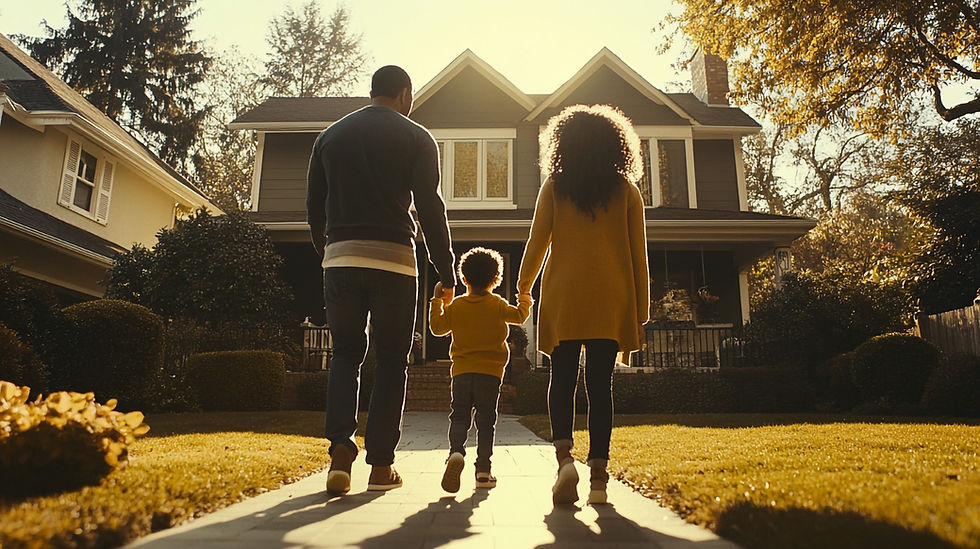Industry Experts Guide Development of Forensic Restoration
- SunGlo

- Mar 11, 2019
- 2 min read
SunGlo Services was recently accompanied by Restoration and Remediation Magazine while attending to a fire restoration case, but it quickly became apparent hoarding was the bigger problem. Hoarding, which is characterized by the obsessive acquiring of random objects and often accompanied by unsanitary living conditions, is among a niche group of small but quickly growing situations defined as ‘forensic restoration.’ Like hoarding, situations requiring forensic restoration are on the rise and the industry has responded with organized safety, sanitation and inspection guidelines developed specifically for forensic restoration.
Forensic restoration, which includes unattended death, unsanitary dwellings, hoarding, illicit drug labs, infectious disease, and animal contamination, among others, exposes restoration and remediation experts to potentially deadly pathogens. While some situations require only rudimentary protection, others require complete PPE and RPE to protect workers from infection. Knowing the difference and knowing how to properly use this equipment can save lives.
Two restoration and remediation authorities, the Institute of Inspection, Cleaning and Restoration Certification (IICRC), and the Restoration Industry Association (RIA), have recently released guidelines crafted specifically for the needs of the forensic restoration industry. RIA’s Guidelines for Professional Forensic Restoration, published July, 2016, were developed by the Forensic Restoration Subcommittee of the Environmental Council, and peer-reviewed by industry experts. The Guidelines offer safety procedures and process outlines for contractors dealing with forensic restoration situations. IICRC published the ANSI-approved ANSI/IICRC S540 Standard for Trauma and Crime Scene Cleanup in early April with similar guidelines, including safety and health procedures, inspection procedures, waste disposal, technology and more. Several experienced contractors and professional organizations have endorsed one or both of the guidelines, giving the industry more structure and raising safety standards.
BioPTO, Bio-Sheen, and Wonder Makers Environmental, three authorities in forensic restoration, have collaborated on legislation, ethics, and best practices to guide the developing industry and help others improve safety and performance when addressing these unique cases. The organizations are also working together to design a certification course to instruct new forensic restoration workers on best practices and safety procedures.
One class has already started. The Certified Forensic Restoration Operators class in Dallas, TX put the RIA Guidelines into practice with a hands-on class. Students have a chance to first learn the Guidelines and then use them in a forensic restoration situation under the supervision of experts. The class includes set-up and use of a Risk Level 4 worksite, which is used in the most harmful and contagious environments.
As hoarding situations and other forensic restoration needs increase, the industry will continue to expand and instate measures to protect workers and homeowners. SunGlo Services addresses many forensic restoration situations and uses industry best practices to address each case safely and effectively.

.png)







Kaiser OTC benefits provide members with discounts on over-the-counter medications, vitamins, and health essentials, promoting better health management and cost-effective wellness solutions.
Obituaries near me help you find recent death notices, providing information about funeral services, memorials, and tributes for loved ones in your area.
is traveluro legit? Many users have had mixed experiences with the platform, so it's important to read reviews and verify deals before booking.